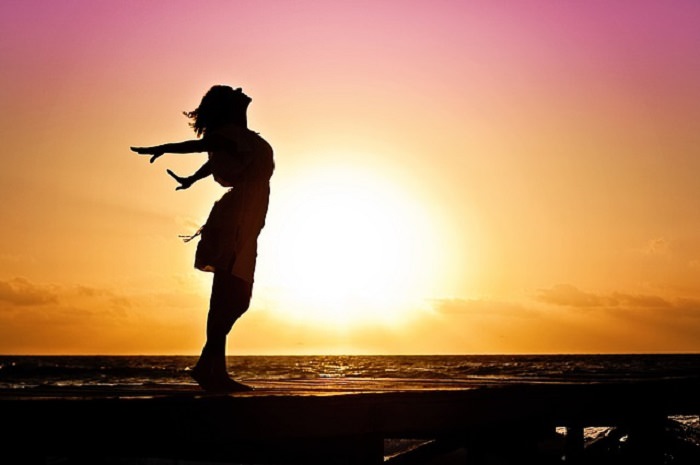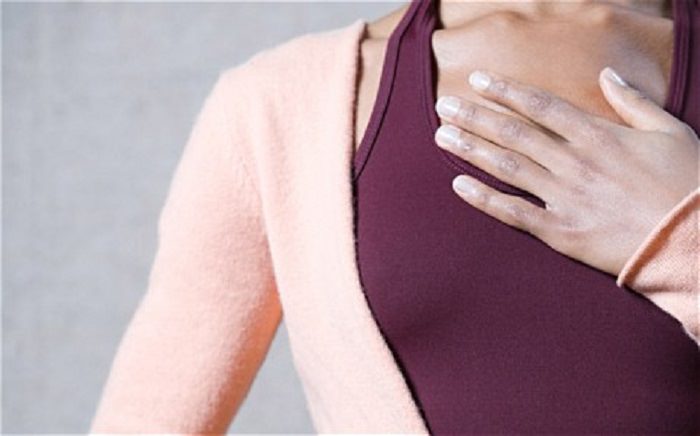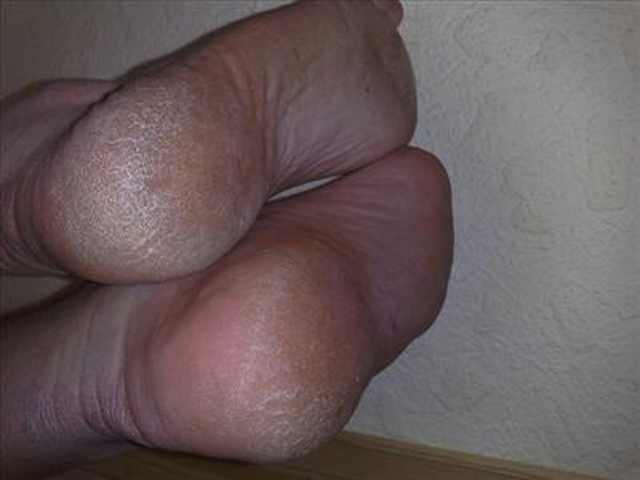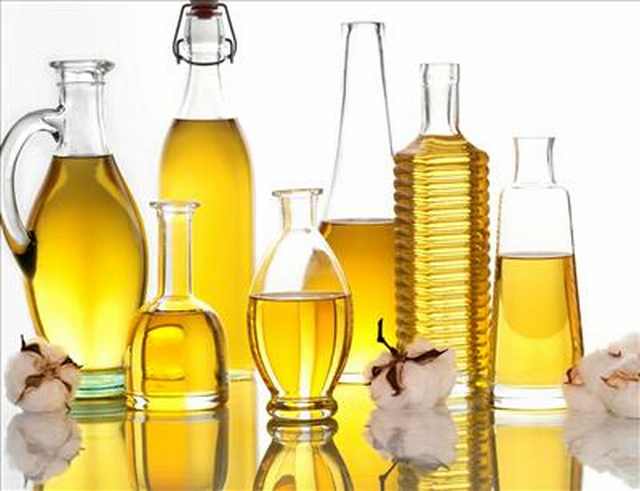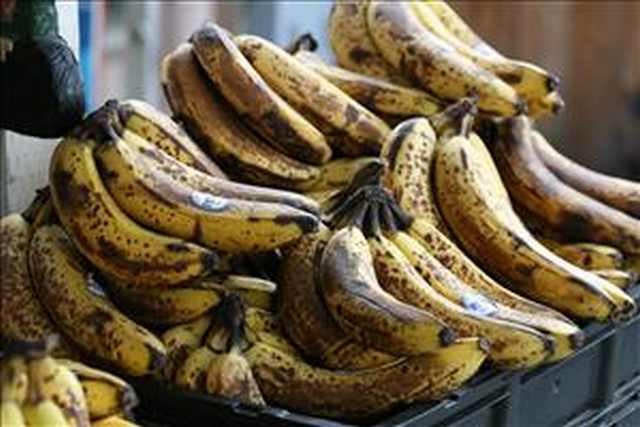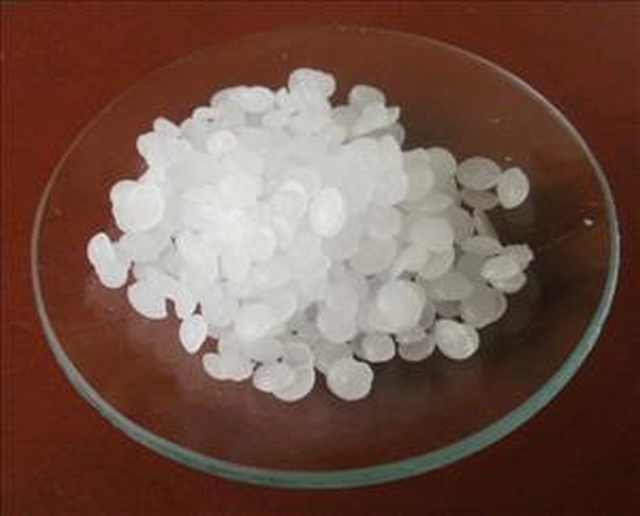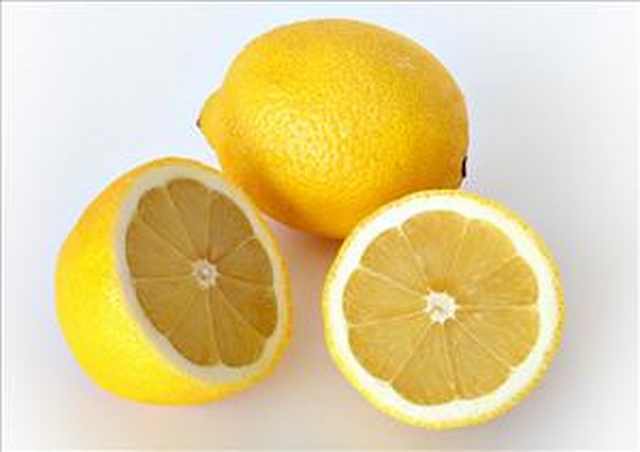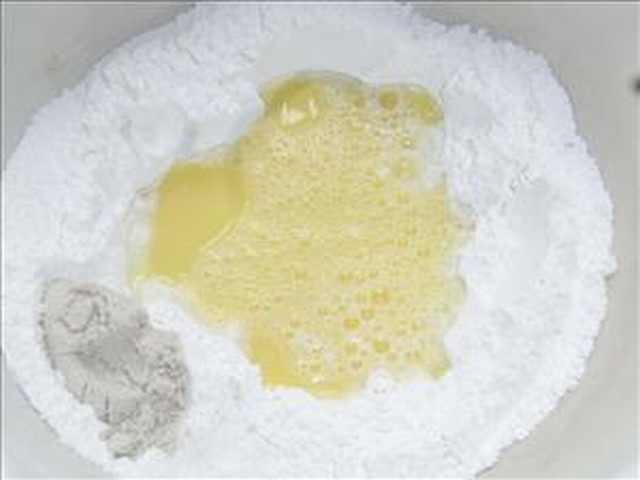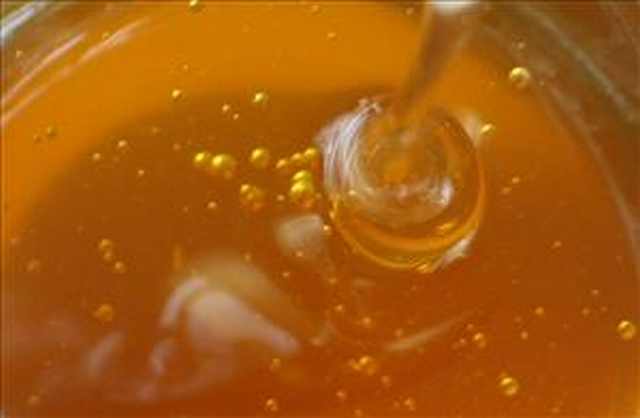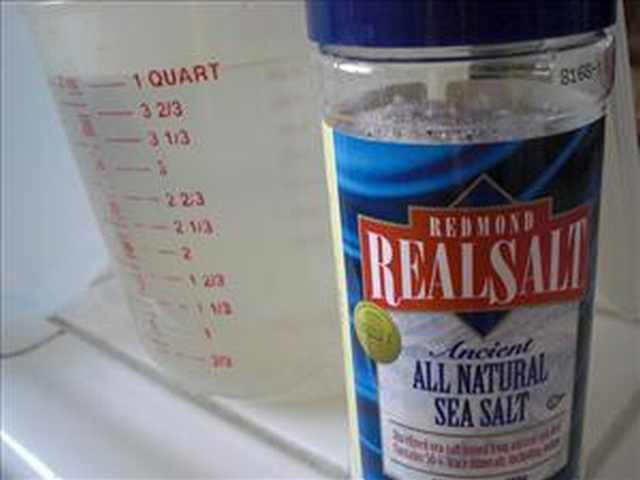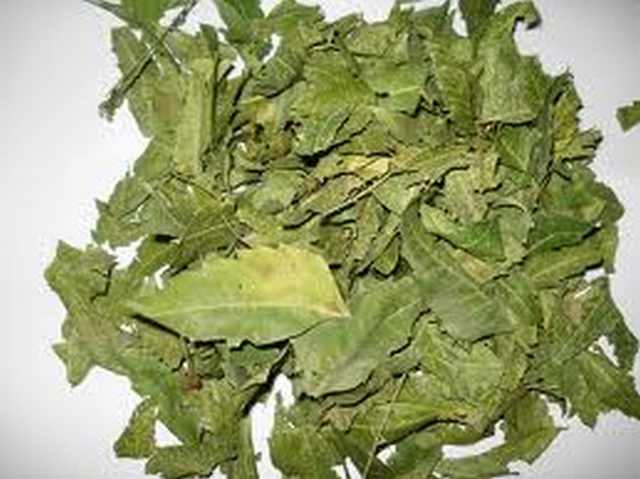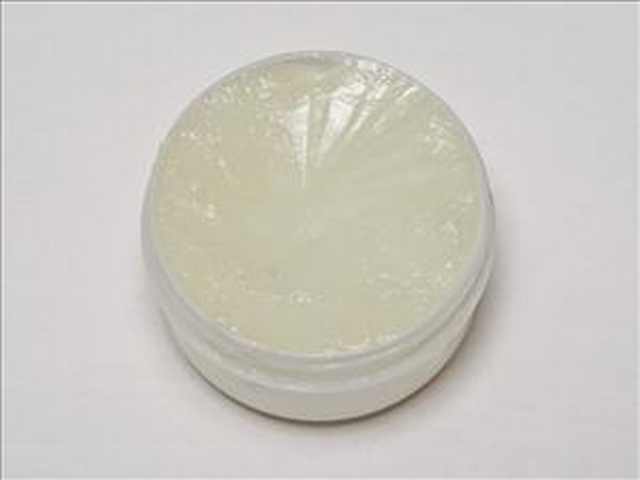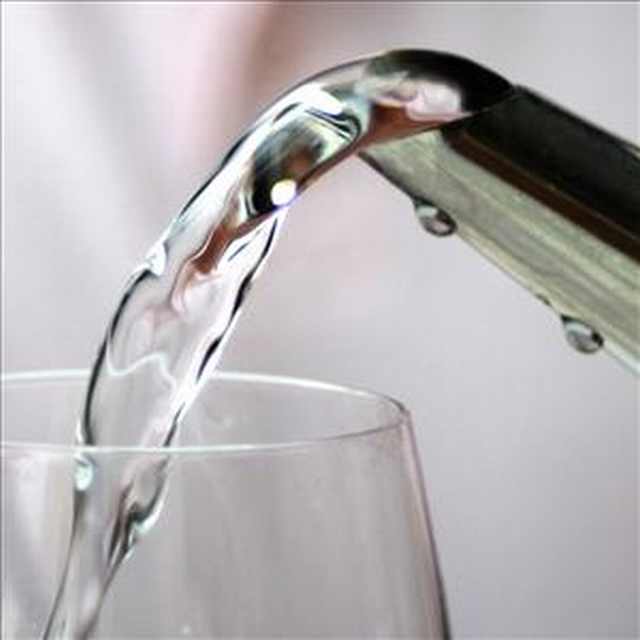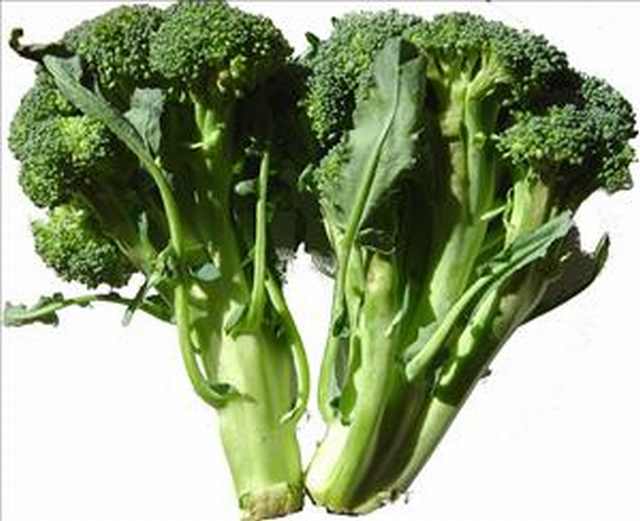03 February 2018
01 February 2018
These Habits Are Damaging Our Kidneys! - Astrologer Vighnesh
These
Habits Are Damaging Our Kidneys!
It's
hard to notice when we do our kidneys harm. Even if 80% damaged, kidneys can still do their job, and so we rarely realize they're struggling. Often, even common daily habits can cause your kidneys continual damage, and when you finally discover something's
wrong, it's too late.
Our
kidneys are incredible organs that work very hard. By themselves, they absorb minerals and nutrients, produce hormones, act as a filter for toxins in our blood, produce our urine and maintain a normal acid to alkaline ratio. We cannot live without our kidneys
functioning properly. The Chinese, for example, have looked at the kidneys as a site of essential life force for centuries.

If
you're serious about looking after yourself, then taking care of your kidneys should be one of your primary concerns. If you want to make sure your kidneys thrive and continue to serve you in the coming years ahead, here's a helpful list of habits you should
definitely avoid:
1.
Drinking Soda
A study conducted on employees working at Osaka University in Japan found that drinking 2 or more soda drinks a day (either diet or regular) may well be connected to a higher risk of kidney disease. The study included 12,000 people, and those who drank larger quantities of soda were found to have protein in their urine, which is one of the first signs of kidney damage. However, early detection can reverse the disease with proper treatment.
A study conducted on employees working at Osaka University in Japan found that drinking 2 or more soda drinks a day (either diet or regular) may well be connected to a higher risk of kidney disease. The study included 12,000 people, and those who drank larger quantities of soda were found to have protein in their urine, which is one of the first signs of kidney damage. However, early detection can reverse the disease with proper treatment.
2. A
Deficiency in Vitamin B6
The healthy function of our kidneys also depends on a healthy diet, especially one that contains certain nutrients. According to a study carried out at the University of Maryland, a vitamin B6 deficiency increases the risk of the formation of kidney stones. For healthy kidney function, a person should have at least 1.3 milligrams of vitamin B6 in their food every day.. The best sources for this vitamin are fish, beef liver, potatoes, starchy vegetables, chickpeas and non-citrus fruits.
The healthy function of our kidneys also depends on a healthy diet, especially one that contains certain nutrients. According to a study carried out at the University of Maryland, a vitamin B6 deficiency increases the risk of the formation of kidney stones. For healthy kidney function, a person should have at least 1.3 milligrams of vitamin B6 in their food every day.. The best sources for this vitamin are fish, beef liver, potatoes, starchy vegetables, chickpeas and non-citrus fruits.
3. Lack
of Exercise
Another good way of protecting your kidneys is to get some exercise. A comprehensive study published in 2013 in the Journal of the American Society of Nephrology found that postmenopausal women who exercised had a striking 31% less risk of developing kidney stones.
Another good way of protecting your kidneys is to get some exercise. A comprehensive study published in 2013 in the Journal of the American Society of Nephrology found that postmenopausal women who exercised had a striking 31% less risk of developing kidney stones.
4.
Smoking
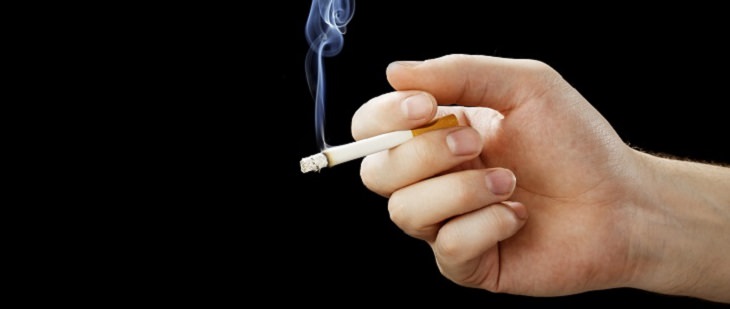
Perhaps
not surprisingly, smoking has been linked to atherosclerosis - the narrowing and hardening of blood vessels - which influences the blood supply going to all the major organs, including the kidneys. According to a study published in Clinical Pharmacology
and Therapeutics, just smoking 2 cigarettes a day is enough to double the number of endothelial cells (the cells that line our blood vessel walls) present in your bloodstream. This is a sign of arterial damage.
5.
Magnesium Deficiency
Magnesium helps our body to slow down the absorption of calcium. If we don't get enough magnesium, we get overloaded in calcium and, once again, develop kidney stones. To prevent this from happening, add some leafy vegetables, seeds, nuts or beans to your diet. Another good source of magnesium is fresh avocados.
Magnesium helps our body to slow down the absorption of calcium. If we don't get enough magnesium, we get overloaded in calcium and, once again, develop kidney stones. To prevent this from happening, add some leafy vegetables, seeds, nuts or beans to your diet. Another good source of magnesium is fresh avocados.
6.
Not Drinking Enough Water
One of the most important things for our kidneys is for them to get hydrated enough to perform their functions. If we don't get enough water in our system, toxins start accumulating in our blood because there isn't enough fluid to take them through the kidneys. The National Kidney Foundation recommends drinking at least 10-12 glasses of water every day. An easy way to check if you're drinking enough is to make sure your urine is a light color or clear. If it's dark, you're not drinking enough.
One of the most important things for our kidneys is for them to get hydrated enough to perform their functions. If we don't get enough water in our system, toxins start accumulating in our blood because there isn't enough fluid to take them through the kidneys. The National Kidney Foundation recommends drinking at least 10-12 glasses of water every day. An easy way to check if you're drinking enough is to make sure your urine is a light color or clear. If it's dark, you're not drinking enough.
7.
Not Emptying Your Bladder Fast Enough
When you hear the call to pee, you should listen to it. Obviously, we're not always in the right situation to pee right when the need arises, but if you 'hold it in' on a regular basis, it will increase the pressure of urine on your kidneys, which can lead to renal failure or incontinence.
When you hear the call to pee, you should listen to it. Obviously, we're not always in the right situation to pee right when the need arises, but if you 'hold it in' on a regular basis, it will increase the pressure of urine on your kidneys, which can lead to renal failure or incontinence.
8.
Disrupted Sleep

I
just love a good night's sleep and, as it turns out, so do my kidneys. According to
Science Daily, a chronic disruption in our sleep can cause kidney disease. Dr. Michael Sole, Cardiologist and Professor of Medicine and Physiology at the University of Toronto, says kidney tissues get renewed during the night while we're sleeping,
so when we can't sleep without constant interruptions, our kidneys suffer direct damage.
9.
Having Too Much Sodium in Our Diet
Salt is an important nutrient, but it can cause a disaster when taken in excessive amounts. Over-consumption of sodium will raise your blood pressure and put a lot of strain on your kidneys. We recommend limiting yourselves to no more than 5.8 grams (0.2 ounces) of salt per day. So put down that salt shaker!
Salt is an important nutrient, but it can cause a disaster when taken in excessive amounts. Over-consumption of sodium will raise your blood pressure and put a lot of strain on your kidneys. We recommend limiting yourselves to no more than 5.8 grams (0.2 ounces) of salt per day. So put down that salt shaker!
10.
Consuming Too Much Caffeine
We usually drink more caffeine than we think we do. It's in coffee, tea, soft drinks and sodas - before you know it, your body is full of caffeine, which causes your blood pressure to shoot through the roof, and your kidneys to suffer damage.
We usually drink more caffeine than we think we do. It's in coffee, tea, soft drinks and sodas - before you know it, your body is full of caffeine, which causes your blood pressure to shoot through the roof, and your kidneys to suffer damage.
11.
Consuming Too Much Protein
According to a study conducted at Harvard University, an overdose of protein in our diet can cause our kidneys damage. When we digest protein, our body produces a byproduct - ammonia. Ammonia is a toxin that your already hardworking kidneys need to neutralize. This means that the more protein we consume, the harder we make our kidneys work, which can eventually lead to kidney failure.
According to a study conducted at Harvard University, an overdose of protein in our diet can cause our kidneys damage. When we digest protein, our body produces a byproduct - ammonia. Ammonia is a toxin that your already hardworking kidneys need to neutralize. This means that the more protein we consume, the harder we make our kidneys work, which can eventually lead to kidney failure.
12.
Abusing Pain-Killers

Many
of us have a daily routine of taking medications. When we suffer from pain, our first reaction is usually to swallow a pill. They do help the pain, but you should think twice before taking too many. All pharmaceutical drugs have side effects, and many of them
cause kidney or liver damage. That said, some drugs SHOULD be taken, which brings us to my next point...
13.
Not Taking Certain Drugs You Need
If you suffer from high blood pressure and/or type 2 diabetes, two very common conditions these days, you will probably also suffer kidney damage. Don't leave these conditions untreated - take your daily meds to reduce your blood pressure and control your insulin levels. Without them, you're almost guaranteed to suffer kidney damage.
If you suffer from high blood pressure and/or type 2 diabetes, two very common conditions these days, you will probably also suffer kidney damage. Don't leave these conditions untreated - take your daily meds to reduce your blood pressure and control your insulin levels. Without them, you're almost guaranteed to suffer kidney damage.
14.
Not Treating Common Infections
Sometimes, we all get lazy and ignore a simple cold or a flu, which can push our body to the brink of exhaustion. Studies have shown, however, that people who do not rest or treat their infections often end up with kidney disease.
Sometimes, we all get lazy and ignore a simple cold or a flu, which can push our body to the brink of exhaustion. Studies have shown, however, that people who do not rest or treat their infections often end up with kidney disease.
15.
Consuming Too Much Alcohol
Now this is a no-brainer. The toxins in alcohol not only damage the liver, like many believe, but they are also something your kidneys simply hate to deal with. According to Kidney Health Australia and the American Kidney Fund, one good way of avoiding kidney failure is drinking alcohol in moderation.
Now this is a no-brainer. The toxins in alcohol not only damage the liver, like many believe, but they are also something your kidneys simply hate to deal with. According to Kidney Health Australia and the American Kidney Fund, one good way of avoiding kidney failure is drinking alcohol in moderation.











